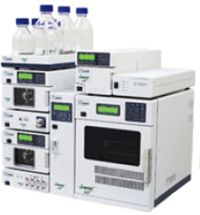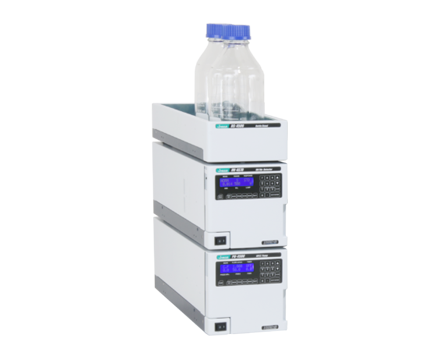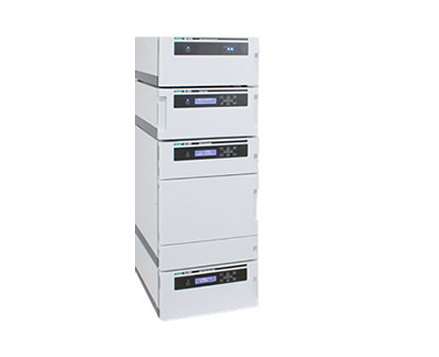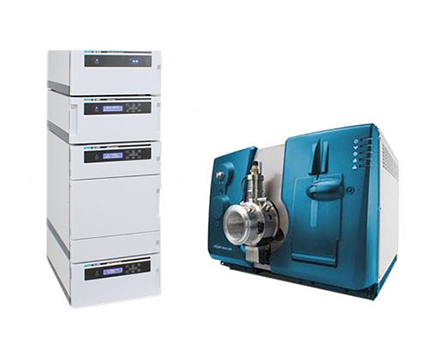High Speed Analysis of Dabsyl Amino Acids in Stout Beer using UHPLC
January 5, 2024
Introduction
There are a wide variety of HPLC methods that can be used for amino acid analysis, two examples are a separation by reversed-phase column with precolumn derivatization and UV-Visible detection, and a post-column derivatization with separation by ion-exchange column and fluorescence detection. The precolumn derivatization method using Dabsyl chloride as reagent is commonly used as Dabsyl chloride reacts easily with both primary and secondary amino acids, and the derivatized amino acids are stable, for easy handling, good accuracy and high sensitivity. In order to enable an easier derivatization method, a DAB-Label kit is available from JASCO.
Here, the amino acids in Stout beer were measured using DAB-Label derivatization kit by Ultra High-performance Liquid Chromatography (UHPLC) with UV-Visible detection.
Experimental

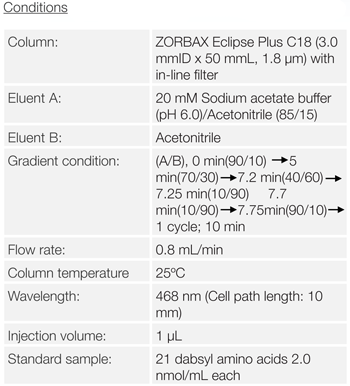
Figure 1 shows the dabsylation procedure and in figure 2, the reaction mechanism is illustrated.
- Dilute the sample by dabsylation buffer*.
- Take 20 μL.
- Add 40 μL of dabsylation reagent and agitate.
- Warm at 70ºC for 12 min.(During warming agitate several times.)
- After cooling, add 440 μL of dilution buffer and agitate.
* Included in DAB-Label kit
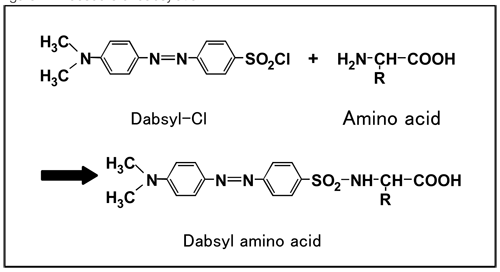
Keywords
430023X
Results
Figure 3 shows the chromatogram of 21 components of a dabsylation amino acid standard mixture. 21 components including gamma-aminobutyric acid(GABA) – suppressive neurotransmitter of central nerve, taurine, ornithine, etc. were separated within 7.5 minutes.
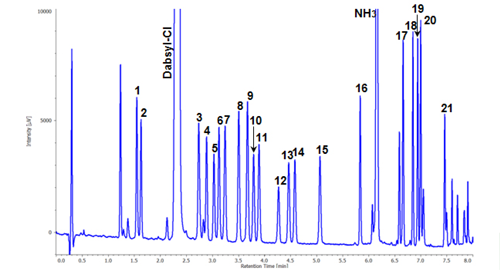
Figure 4 shows the chromatogram of dabsylated amino acids in Stout beer.
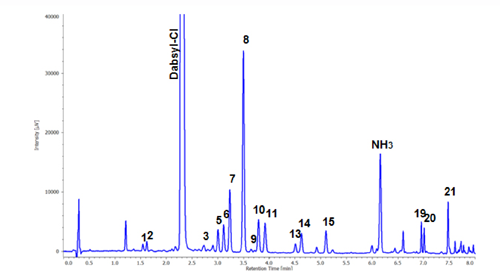
The peak numbers are the same as in figure 3. Preparation: Stout beer was diluted by 50-fold using dabsylation buffer and dabsyated according to procedure shown in figure 1.
Featured Products:

High Speed Analysis of Dabsyl Amino Acids in Stout Beer using UHPLC
Introduction
There are a wide variety of HPLC methods that can be used for amino acid analysis, two examples are a separation by reversed-phase column with precolumn derivatization and UV-Visible detection, and a post-column derivatization with separation by ion-exchange column and fluorescence detection. The precolumn derivatization method using Dabsyl chloride as reagent is commonly used as Dabsyl chloride reacts easily with both primary and secondary amino acids, and the derivatized amino acids are stable, for easy handling, good accuracy and high sensitivity. In order to enable an easier derivatization method, a DAB-Label kit is available from JASCO.
Here, the amino acids in Stout beer were measured using DAB-Label derivatization kit by Ultra High-performance Liquid Chromatography (UHPLC) with UV-Visible detection.
Experimental


Figure 1 shows the dabsylation procedure and in figure 2, the reaction mechanism is illustrated.
- Dilute the sample by dabsylation buffer*.
- Take 20 μL.
- Add 40 μL of dabsylation reagent and agitate.
- Warm at 70ºC for 12 min.(During warming agitate several times.)
- After cooling, add 440 μL of dilution buffer and agitate.
* Included in DAB-Label kit

Results
Figure 3 shows the chromatogram of 21 components of a dabsylation amino acid standard mixture. 21 components including gamma-aminobutyric acid(GABA) – suppressive neurotransmitter of central nerve, taurine, ornithine, etc. were separated within 7.5 minutes.

Figure 4 shows the chromatogram of dabsylated amino acids in Stout beer.

The peak numbers are the same as in figure 3. Preparation: Stout beer was diluted by 50-fold using dabsylation buffer and dabsyated according to procedure shown in figure 1.
Keywords
430023X

 Download This Application
Download This Application